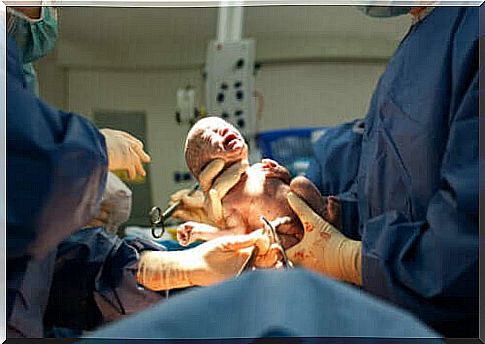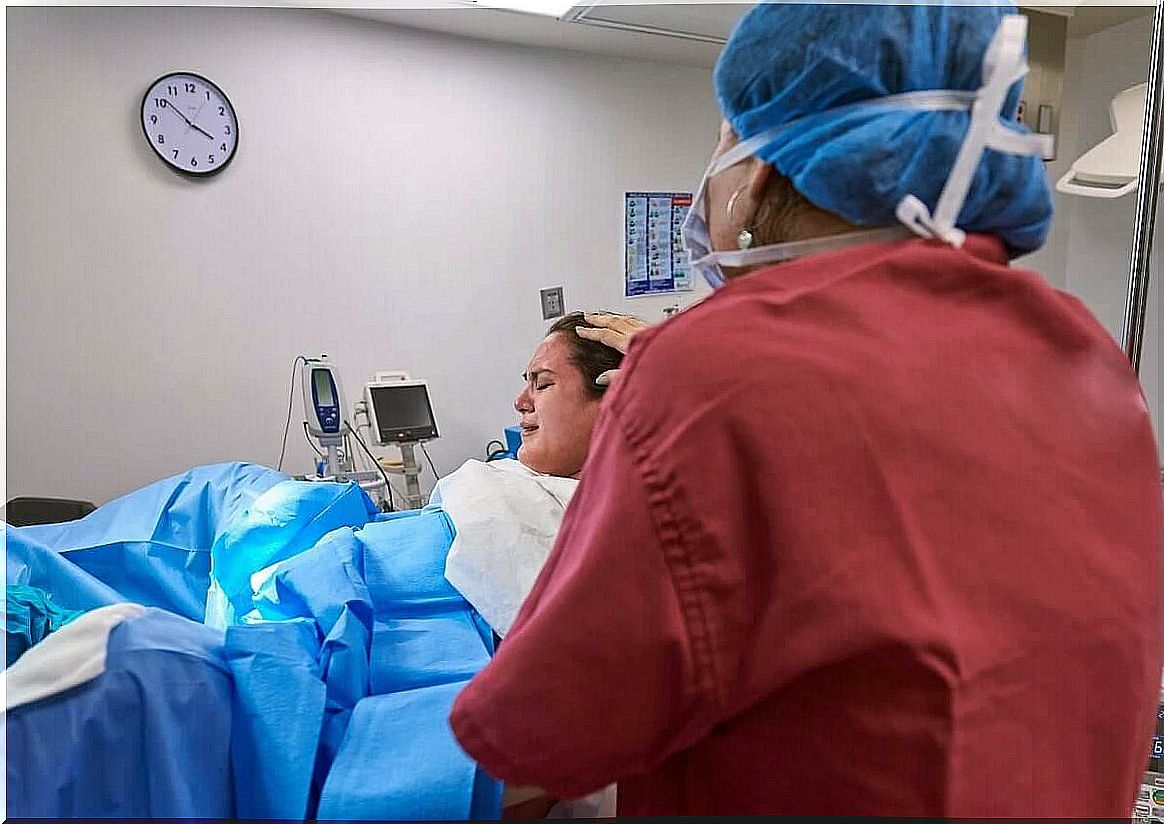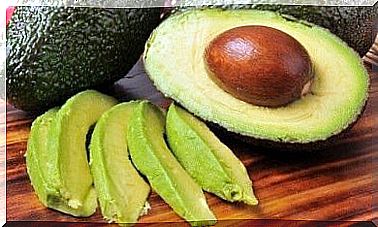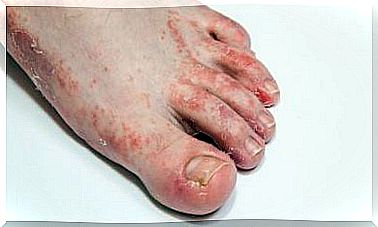Vaginal Birth After Caesarean Section: Is It A Good Idea?

Many people think that it is impossible to have a vaginal birth after a caesarean section. This is not true. In fact, most women do, and it’s not only possible, but also a good idea.
Specialists estimate that up to 75% of women can have a vaginal birth after a caesarean section. In any case, each woman, along with her doctor, must decide if this is the best solution in each case.
Vaginal birth has important benefits as it involves fewer health risks for mother and baby. In some cases, however, it is not a good idea for various reasons. So it is best to evaluate each case individually.
Causes of a vaginal birth after cesarean section

There are several reasons why it would be justified to attempt a vaginal birth after cesarean section. The most relevant are the following:
- Surgical complications. Cesarean section involves a greater risk of heavy bleeding and deep vein thrombosis, ie. formation of blood clots in the deep veins.
- Lower risk of infection. Cesarean section involves a higher risk of infection.
- Lower risk of injury. Cesarean sections can sometimes result in damage to stomach organs, such as the bladder or intestines.
- Reduced risk of hysterectomy. Natural childbirth reduces the risk of complications leading to removal of the uterus or hysterectomy.
- Protection for subsequent pregnancies. Multiple cesarean sections can lead to problems such as placental abruption or placenta accreta (the placenta grows into the uterine walls), which in turn complicates subsequent births.
- Faster recovery. Cesarean section requires a longer hospital stay, greater care and therefore later return, where one can return to normal activities.
- Personal preferences. Some women want to experience vaginal birth and may be able to do so even though they have had a caesarean section in the past.
A large study from Leeds University Hospital indicates that cesarean section is associated with higher maternal and neonatal mortality as well as several subsequent complications associated with maternal reproductive health.
Who can have a vaginal birth after a caesarean section?
Not all women can have a vaginal birth after a caesarean section. There are some exclusion criteria used to avoid risks. One of the most important is the condition of the uterus.
For example, the type of incision made at the previous cesarean section plays a role. Those who got a vertical incision in the upper part of the uterus cannot undergo a vaginal birth. This also applies to those women who have undergone uterine surgery or have had a rupture of the uterus.
Other exclusion criteria are as follows:
- Having had a caesarean section within the last 18 months.
- Problems with the placenta.
- The baby is in an abnormal position.
- More babies.
- Presence of an unfavorable relationship between the size of the baby and the pelvis of the mother.
- Older women.
- Obese women.
- Pregnancy poisoning.
Some experts include having two or more cesarean sections among the criteria. However, a study from the University of Washington School of Medicine showed that this does not involve serious risks. However, the issue is still controversial.
Risks of vaginal birth after cesarean section

Vaginal birth after cesarean section carries several risks. The most serious of these is that the uterus ruptures. This only occurs in 3% of cases, but it is very dangerous as it threatens survival for both mother and baby.
It occurs when the scar from the previous cesarean section ruptures during vaginal birth and the uterus opens. If this happens, doctors must perform an emergency caesarean section to save both mother and baby’s lives. Sometimes this includes removal of the uterus, making it impossible to have children again.
The risk of rupture of the uterus during vaginal birth after cesarean section is much lower in women who have had a transverse incision at the previous cesarean section. That is why it is so important to exclude the group of women who got a vertical incision in the uterus.
Is it possible to have a natural birth after a caesarean section?
If a woman is planning to have a natural birth after a caesarean section, she should inform her doctor well in advance. It is important that she conveys her entire medical history in detail.
With accurate data, the physician can make a realistic estimate of the likelihood of success and possible risks. The mother should be well informed about the benefits and possible dangers of choosing this alternative.
There are many benefits to a natural birth, but it is important for the mother to be open-minded about the possibilities. If in her case it is not advisable, she should follow the advice of the doctors. The most important thing is to maintain your safety and the baby’s safety along the way.









